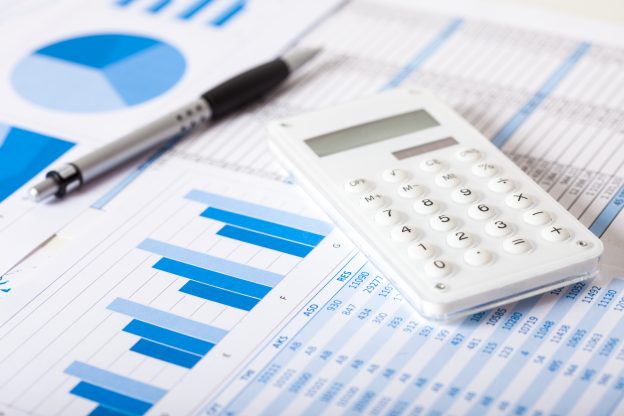
Taiwan will be seeing an increasing number of completed offshore wind farms in the future with the advancement of both policies and time, and it is expected that over 600 units of new offshore wind turbines will be installed by 2025, though the issue of coopetition that may derive between the submarine cables of each wind farm that are generally over 200km in length and the existing pipelines of natural gas and oil, as well as the management for the order of sea usage, will become important tasks.
The Taiwan Wind Energy Association (TwnWEA) and the Taiwan Offshore Wind Industry Association (TOWIA) have hosted a seminar on the issues of submarine cables for offshore wind farms at the MOTC Convention Center today (7th), where European and Taiwanese officials as well as relevant vendors were invited to share their planning in related policies and regulations based on the two major aspects of policies & regulations and engineering technology, and domestic and overseas enterprises of installation experience in submarine cables and communication cables were congregated to offer insights in actual projects.
The first extensive offshore wind farm was officially completed in 2019, and the scale expansion that comprises of the 5.5GW by 2025 and the 10GW by 2026-2035 will require a transmission of electricity from the submarine cables to the land. How does one overcome the dangerous marine status that is seemingly calm?
The submarine power network of over 2,000km that was initially stipulated in the target of localization and anticipated for installation before 2025 has been removed from the list of localization as domestic vendors discovered that the establishment of submarine cables is involved with substantially high risks in development, and that submarine cables require exclusive factories that must be built alongside the harbor, which makes the selection of sites and land a challenging task, thus resulting in the unwillingness in investment for vendors.
Tseng Wen-sheng, Deputy Minister of the MOEA, pointed out during the seminar that there are two structural layers regarding the issues of submarine cables, one being that standard specifications and the rights & obligations must be stipulated and clarified for issues related to the technology and construction specifications of the engineering, and two being that a compliance specification for relevant specifications of compensation. Tseng had proposed an example that talked about whether the losses sustained by wind power plants during a certain period of avoidance due to the repair of natural gas facilities are calculated independently or compensated with extended contracts, which is currently in the midst of discussion, though a clear answer is currently absent.
The submarine cables of offshore wind power are paved towards the east-west direction, and will cross over the north-south pipelines of natural gas by CPC, thus the rights and obligations surrounding the elevation on the safety and protection of natural gas pipelines, as well as the responsibilities in the face of maintenance and repair, must all be taken into account. Tseng commented that booted submarine cables may impact the communication signal and the pipelines of natural gas and oil when passing through and crisscrossing other cables, thus only a rational technical design is able to avoid the ramification on these security and engineering that is related to current, and facilitate a peaceful coexistence within the same area.
(Cover photo source: shutterstock)







